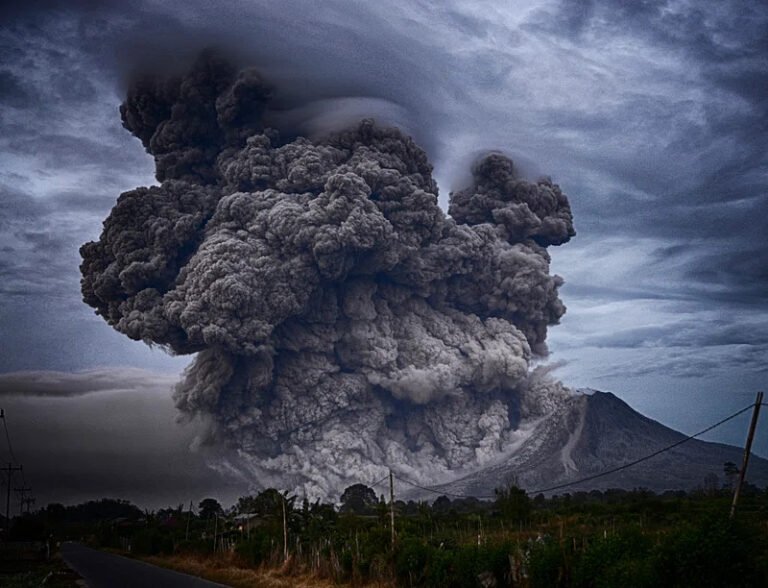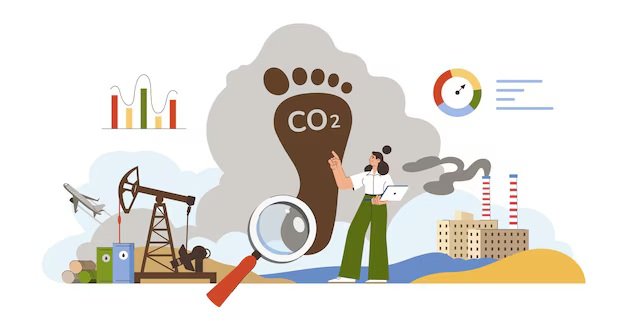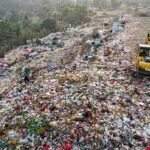Types of Environments: Natural, Human-Made, and Their Impact on Our Planet
When we think of the environment, lush forests and vast oceans often come to mind. However, our world encompasses a variety of environments, each playing a crucial role in shaping the planet’s health and our own well-being. Understanding these different environments is vital—not just for scientists or policymakers, but for all of us who care about the future of our home.
In recent years, significant changes have occurred across various environments. For instance, urban areas have expanded rapidly; as of 2023, approximately 57% of the world’s population resides in cities, a figure projected to rise to 68% by 2050. This urbanisation has led to increased pollution and a disconnect from nature, posing environmental challenges.
Conversely, our natural environments face their own set of challenges. Deforestation continues at an alarming rate; in 2023 alone, around 28.3 million hectares of tree cover were lost globally, a 24% increase compared to the previous year. This loss contributes to habitat destruction and accelerates climate change. Additionally, 2024 marked the first year on record that global temperatures exceeded 1.5°C above pre-industrial levels, surpassing the threshold set by the Paris Agreement.
In this article, I will walk you through the major types of environments—sharing real-life experiences, expert insights, and the latest scientific research—to help you gain a deeper, more personal understanding of the world around us and the critical role each environment plays in sustaining life.
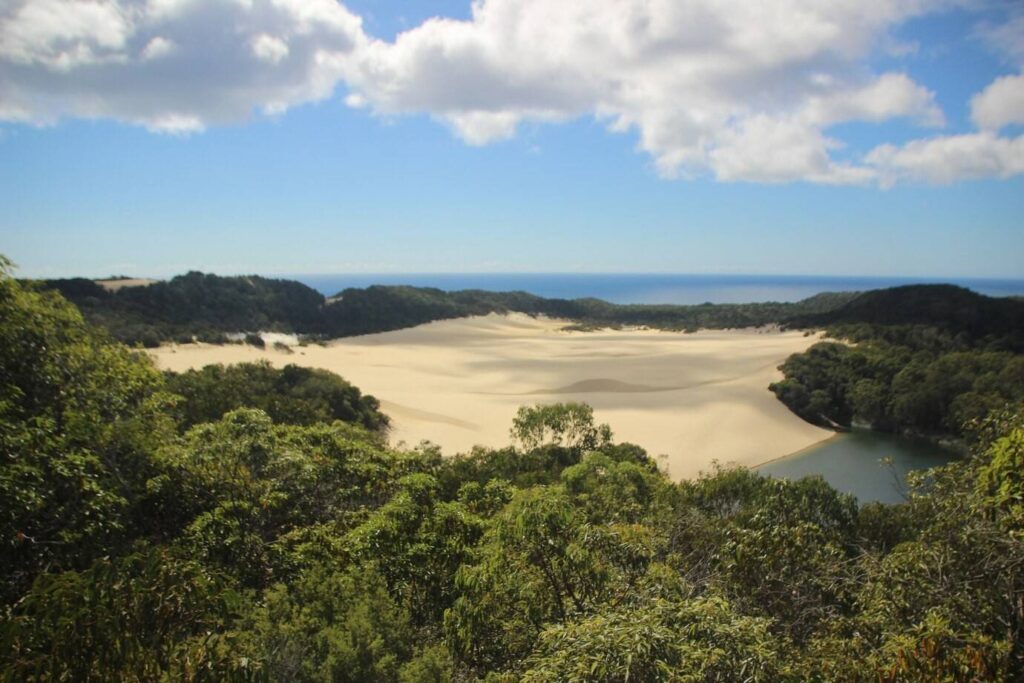
In This Article
- 1. Natural Environments
- 2. Human-Made Environments
- 3. Extreme and Unique Environments
- Actionable Steps: How You Can Protect All Environments
- Conclusion:
1. Natural Environments
A natural environment refers to an area that exists mostly without human interference. However, in today’s interconnected world, very few places remain untouched. These environments—forests, oceans, deserts, and skies—have existed long before humans and continue to support every breath we take and every drop of water we drink. While most are now impacted by human activities such as deforestation, pollution, and climate change, they still provide irreplaceable life-support systems that sustain all living beings.
The Earth’s Natural Systems are made up of four interconnected systems:
- Atmosphere: This is the blanket of gases surrounding our planet. It regulates the weather, shields us from harmful solar radiation, and provides the oxygen we breathe.
- Biosphere: This encompasses all living things—plants, animals, and microorganisms. It’s the web of life that connects us all.
- Geosphere: This includes the Earth’s solid parts, like rocks, mountains, and soil. It provides the foundation we live on and the minerals we use.
- Hydrosphere: This covers all water bodies—oceans, rivers, lakes, and underground aquifers. It’s the source of all freshwater and a key player in climate regulation.
These systems are deeply intertwined. A change in one can ripple through the others, affecting everything from local weather to global climate patterns.
1.2. Terrestrial (Land) Environments
Land environments are incredibly diverse, ranging from lush forests to arid deserts. Each plays a unique role in Earth’s ecology.
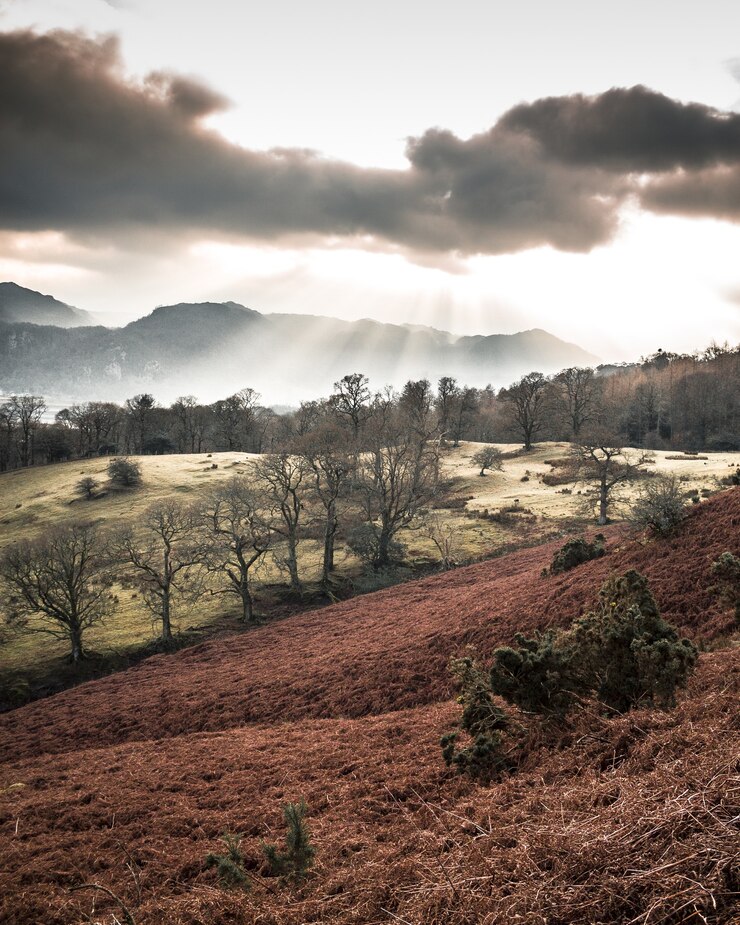
Forests: The Lungs of the Earth
Forests cover about 31% of Earth’s land area. They act as massive carbon sinks, absorbing carbon dioxide (CO₂) and releasing oxygen. According to the UN, forests absorb approximately 2.6 billion tons of CO₂ annually, helping to mitigate climate change.
Beyond their role in carbon storage, forests are home to over 80% of terrestrial species. In the Amazon, indigenous communities like the Kayapó have been vital in protecting vast tracts of rainforest from deforestation, preserving both biodiversity and cultural heritage.
Deserts: Harsh Yet Resilient
Deserts make up about 33% of Earth’s land surface and receive less than 10 inches of rain annually. Despite the harsh conditions, life thrives here. Camels store fat in their humps for energy, and desert foxes have large ears to dissipate heat.
Interestingly, many desert plants have adapted to absorb CO₂ at night, reducing water loss during the hot daytime. This adaptation is crucial for survival in arid environments.
Grasslands: The World’s Breadbasket
Grasslands, including savannas and prairies, are vital for agriculture, supporting 80% of global agricultural land. They are home to diverse wildlife, from American bison to African cheetahs.
These ecosystems play a significant role in carbon storage and soil health. However, they are under threat from overgrazing and land conversion, which can lead to desertification.
Tundras: The Frozen Frontiers
Tundras are cold, treeless regions found in the Arctic and high mountain areas. They are characterised by permafrost, soil that remains frozen year-round. This permafrost stores vast amounts of carbon, estimated to be twice as much as all global forests combined.
However, rising temperatures are causing permafrost to thaw, releasing stored carbon into the atmosphere and contributing to climate change. This not only affects global temperatures but also disrupts local ecosystems and communities.
1.3. Aquatic Environments
Water covers about 71% of Earth’s surface, encompassing both freshwater and marine ecosystems.
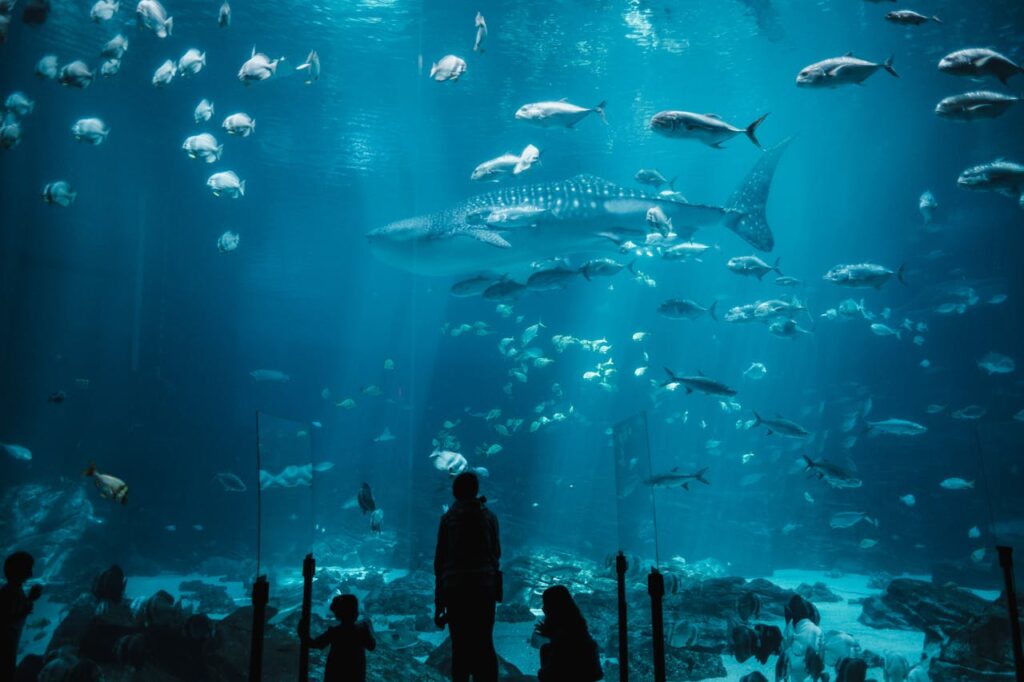
Freshwater Ecosystems: Rivers, Lakes, Wetlands
Freshwater makes up only about 3% of Earth’s water, and just 0.5% is accessible for human use. These ecosystems are crucial for drinking water, agriculture, and biodiversity.
The Florida Everglades is a prime example of successful restoration. Once drained for agriculture, efforts have been made to restore its natural water flow. These initiatives have led to the return of wading birds and alligators, indicating a recovering ecosystem.
Marine Ecosystems: Oceans, Coral Reefs, Estuaries
Oceans are Earth’s largest carbon sink, absorbing about 90% of the excess heat from global warming. This helps regulate the planet’s climate but also leads to issues like coral bleaching and sea-level rise.
Marine heatwaves have become more frequent and intense, tripling in duration since the 1940s. These events devastate marine life and disrupt weather patterns.
Learn More: What are the Different Types of Biodiversity?
2. Human-Made Environments
As humans have expanded and developed, we’ve created environments that blend natural elements with artificial structures. These human-made environments—urban, suburban, and industrial—reflect our ingenuity and adaptability. However, they also present challenges that require thoughtful solutions to ensure sustainability and harmony with nature.
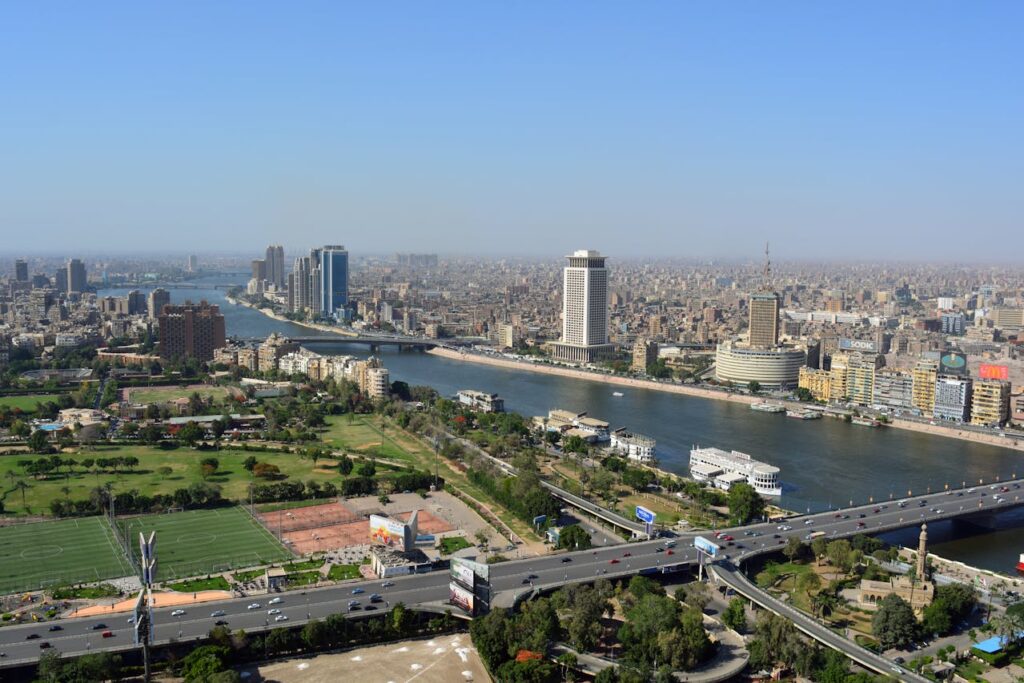
2.1. Urban Environments
Cities are bustling centres of activity, innovation, and culture. As of 2023, about 56% of the world’s population resides in urban areas, a figure projected to rise to 68% by 2050. This rapid urbanisation brings both opportunities and challenges.
Challenges:
- Air Pollution: Increased vehicular traffic and industrial activities contribute to deteriorating air quality.
- Waste Management: High population densities lead to significant waste generation, straining disposal systems.
- Loss of Green Spaces: Urban expansion often comes at the expense of parks and natural habitats.
Solutions:
- Green Roofs and Vertical Gardens: Incorporating vegetation into building designs helps reduce the urban heat island effect and improves air quality.
- Urban Forests: Planting trees within cities enhances biodiversity and provides residents with natural spaces for recreation.
- Smart City Technologies: Implementing data-driven solutions can optimise traffic flow, energy consumption, and waste management.
Real-Life Example: Singapore’s Green City Model
Singapore has embraced the concept of a “City in a Garden” by integrating nature into its urban landscape. The government launched the Skyrise Greenery Incentive Scheme in 2009, encouraging the development of rooftop gardens and vertical greenery. As of 2023, the city boasts over 100 hectares of such green spaces, significantly mitigating urban heat and enhancing air quality.
2.2. Suburban Environments
Suburbs offer a blend of urban convenience and rural tranquillity, attracting many seeking more space and a quieter lifestyle. However, this expansion has environmental implications.
Impacts:
- Increased Car Dependency: Suburban layouts often necessitate personal vehicle use, leading to higher greenhouse gas emissions.
- Deforestation and Land Consumption: In the U.S., suburban sprawl has led to the conversion of approximately 7 million acres of farmland and natural areas between 2001 and 2016.
Considerations:
- Sustainable Planning: Implementing mixed-use developments can reduce the need for long commutes.
- Public Transportation: Expanding transit options can decrease reliance on personal vehicles.
- Green Spaces: Preserving natural areas within suburban developments maintains biodiversity and offers recreational opportunities.
2.3. Industrial Environments
Industrial areas, encompassing factories, power plants, and mining operations, are vital for economic growth and development. However, they also pose environmental challenges.
Challenges:
- Pollution: Industrial activities can lead to air, water, and soil contamination.
- Resource Depletion: Continuous extraction and consumption of natural resources can lead to scarcity.
Sustainable Shifts:
- Circular Economy Initiatives: Companies are adopting models that prioritise reuse, recycling, and sustainable sourcing.
Examples:
- IKEA: The furniture giant aims to become 100% circular by 2030. This involves designing products for longevity, encouraging customers to return used items for recycling, and investing in renewable energy.
- Tesla: Beyond electric vehicles, Tesla focuses on sustainable energy solutions, including solar power and energy storage systems, reducing reliance on fossil fuels.
3. Extreme and Unique Environments
Nature has a way of surprising us with environments that defy expectations. These extreme and unique places—whether frozen, hidden underground, or beyond our planet—are home to remarkable life forms and offer insights into the resilience of life.
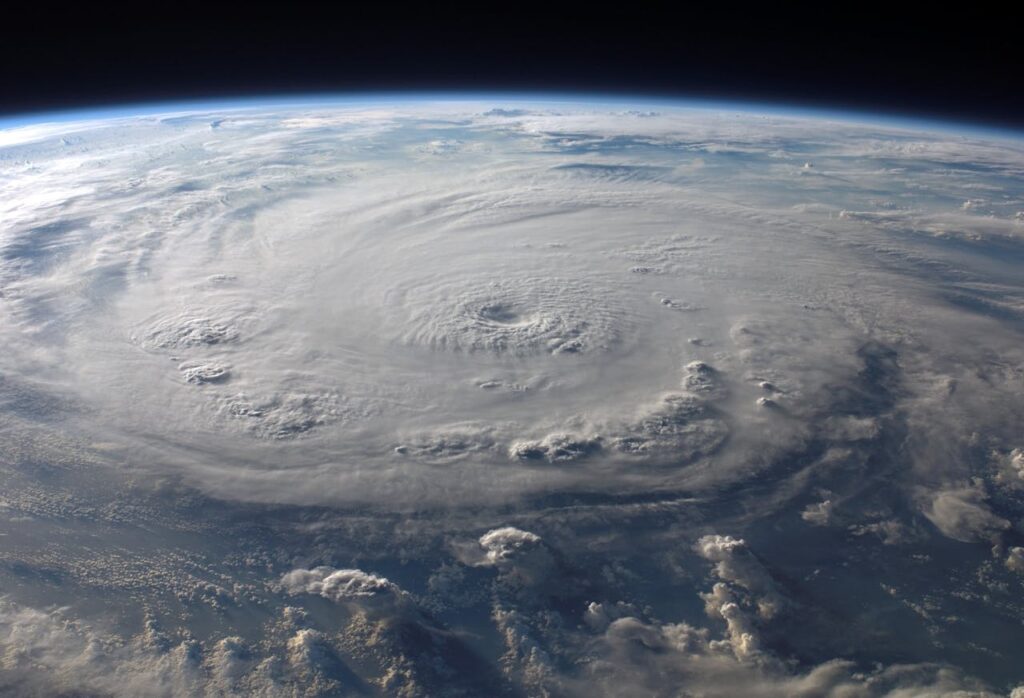
3.1. Polar Environments
The polar regions, encompassing the Arctic in the north and Antarctica in the south, are experiencing rapid changes due to climate change. Over the past four decades, the Arctic has warmed at approximately four times the global average, a phenomenon known as Arctic amplification.
This accelerated warming has profound effects on the region’s ecosystems. Sea ice is melting earlier in the spring and forming later in the autumn, disrupting the habitats of species like the polar bear and the walrus.
In Antarctica, emperor penguins are facing significant challenges. These birds rely on stable sea ice for breeding, but in 2023, record-low sea ice levels led to breeding failures in 20% of emperor penguin colonies. Premature ice breakup forces chicks into the sea before their waterproof feathers develop, leading to high mortality rates.
3.2 Underground Environments
Beneath the Earth’s surface lies a world of caves and subterranean ecosystems that are home to unique life forms. In the absence of sunlight, organisms have adapted in extraordinary ways.
In caves like Movile Cave in Romania, microbial communities thrive by utilising chemosynthesis, deriving energy from chemical reactions involving minerals. These microbes form the base of the food web, supporting a variety of cave-dwelling species.
Many cave-dwelling animals, such as certain species of fish and amphibians, have evolved to live in complete darkness. They often lack pigmentation and have reduced or absent eyesight, relying instead on other senses to navigate and find food.
3.3 Space Environments
As humanity looks toward space exploration and potential colonisation of other planets, understanding how to sustain life in extraterrestrial environments becomes crucial.
NASA has been conducting experiments on growing plants in microgravity aboard the International Space Station. These studies aim to provide astronauts with fresh food and oxygen during long-duration missions.
Growing plants in space presents unique challenges. In microgravity, water distribution is difficult to manage, and plant roots may struggle to absorb nutrients effectively. Researchers are exploring soil-free methods like hydroponics and aeroponics to overcome these obstacles.
On Earth, scientists are experimenting with growing plants in Martian soil simulants to prepare for future missions to Mars. These studies help identify which crops can thrive in Martian conditions and what modifications might be necessary to support human life on the Red Planet.
Learn More: 20 Biggest Environmental Problems and How to Manage Them
Actionable Steps: How You Can Protect All Environments
You don’t need to be a scientist or environmentalist to help protect the planet. Small, everyday actions—when done collectively—can have a big impact. Whether you live in the city, suburbs, or countryside, here are simple, effective ways to contribute:
- Protect Natural Environment: Join or donate to conservation programs that protect forests, wetlands, and wildlife. Even planting a tree in your backyard or supporting reforestation efforts like the Eden Reforestation Projects can help restore ecosystems and fight climate change.
- Make Urban Spaces Greener: Leave the car behind when you can—walk, bike, or take public transit. This cuts down on emissions and eases traffic. Bring reusable bags and containers to reduce plastic waste. Advocate for greener city policies like more parks, bike lanes, and green buildings.
- Consume Responsibly: Support local farmers, buy less but better-quality products, and waste less food. According to the UN, nearly one-third of all food is wasted—enough to feed billions.
- Support Scientific Research: Contribute to or follow organisations developing sustainable tech and climate solutions, like the Union of Concerned Scientists. Your voice and dollars can help fund the breakthroughs we need.
Conclusion:
The environment is not just something “out there”—it’s everywhere, shaping our lives every day. Whether you’re standing in a rainforest, crossing a busy street, or gazing at the stars, you’re interacting with an ecosystem that needs protection.
By understanding all types of environments and taking action, we can ensure a sustainable future for generations to come.

